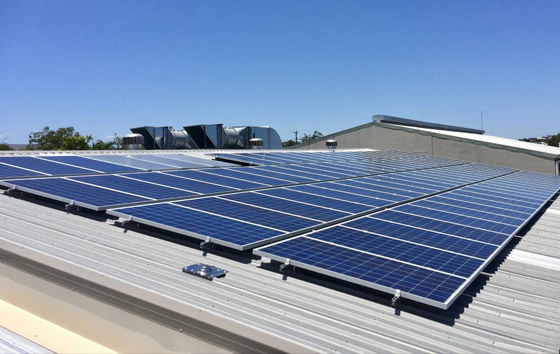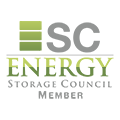Australia is witnessing an increasing green climate with thousands of people opting to invest in solar systems. While you get the standard benefits of upgrading your home, saving money, making a solid investment, and protecting the environment—you also get one great benefit—the value of your home increases.
So you bought a solar system, got your return on investment within a few years, and now you want to put your house on the market. If your situation is similar, you are in luck. Solar panels are not clunky like they used to be. With sleek designs and hidden wiring, solar panels look pretty nice on your roof, and we believe that in the future, the solar system will be a common feature in all houses in Australia.
Even if you are not looking to put your house on the market; you can still enjoy paying less to your grid station and enjoy a house that looks awesome.
In any case, it is a great investment. 15% of Australians are now part of the solar revolution. The green initiative in Australia is growing fast with many households opting for a 4-6kW solar system. More than 1.5 million houses are producing clean energy and saving money on grid electricity.












